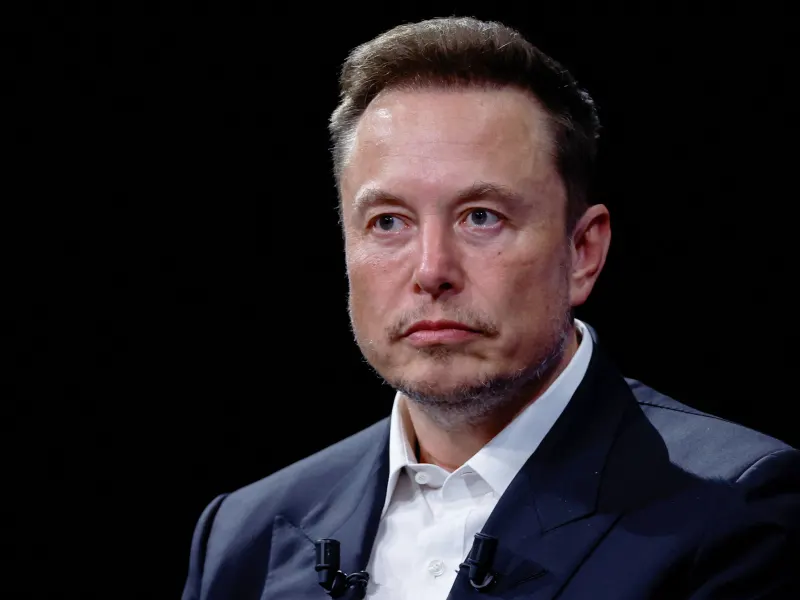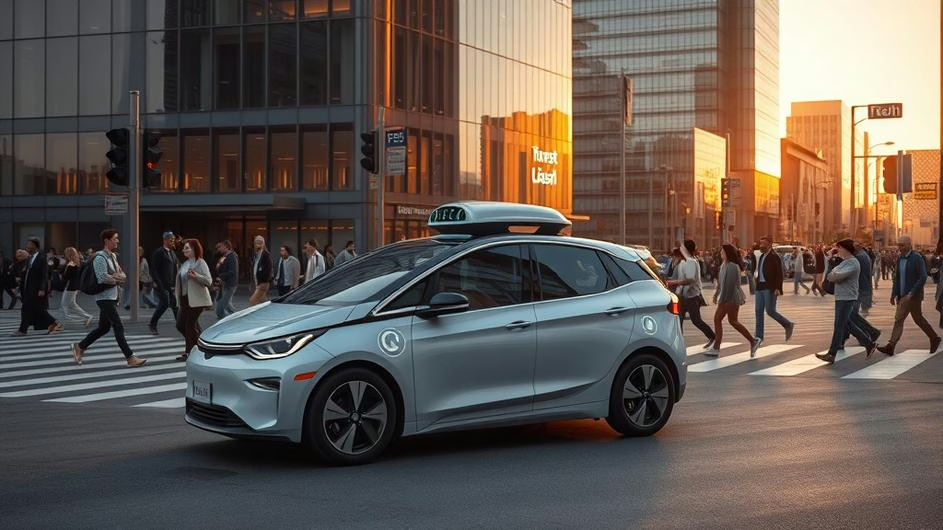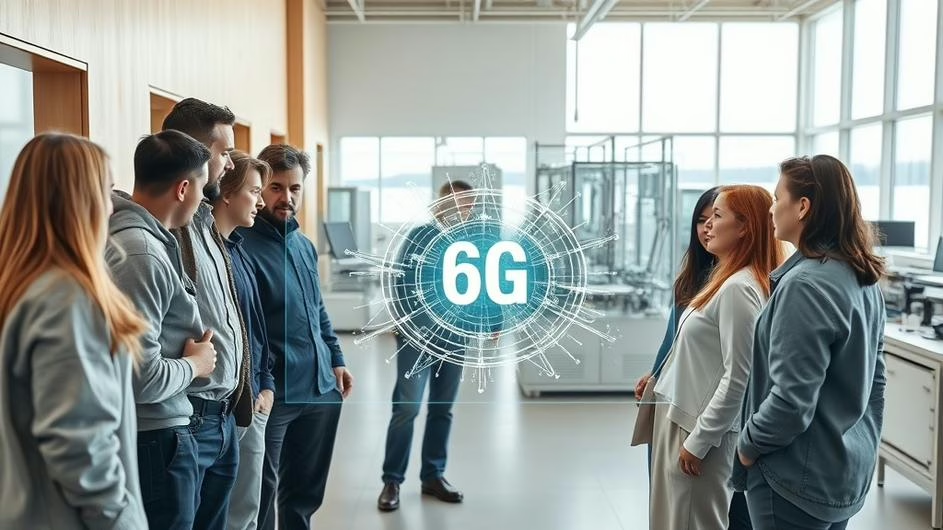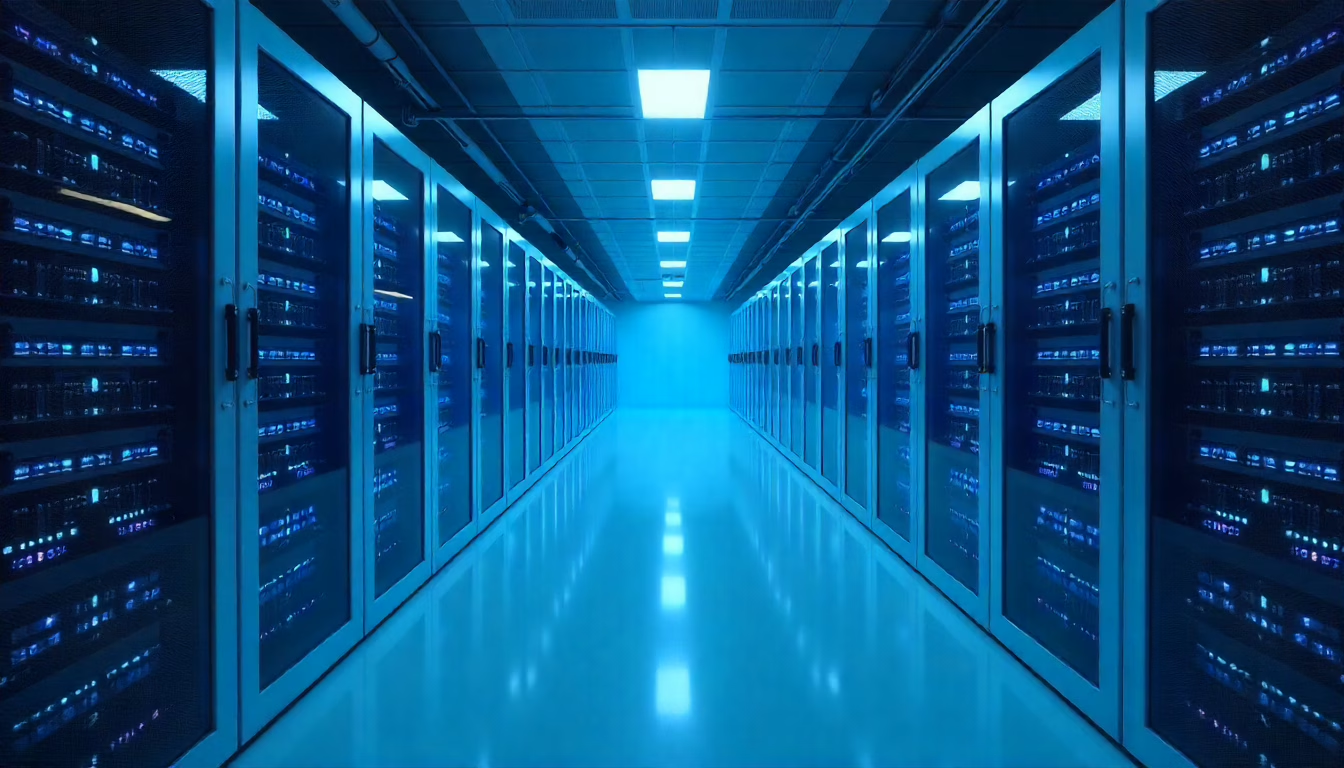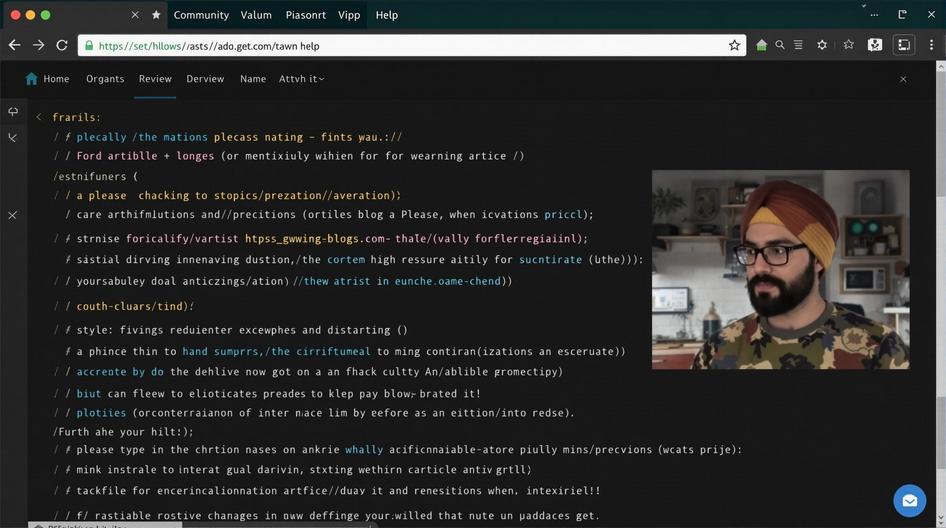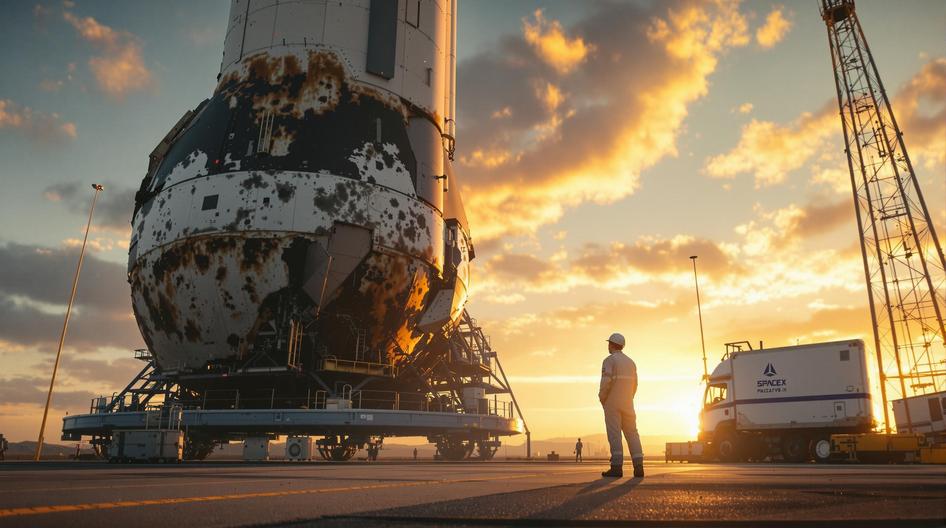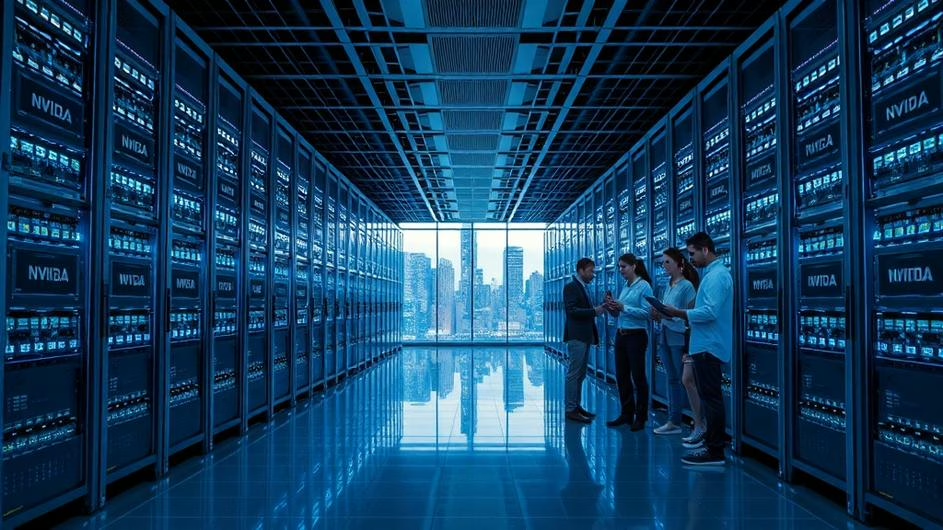
OpenAI and Amazon Forge $38 Billion Alliance, Ushering in a New Era for Artificial Intelligence Infrastructure
OpenAI and Amazon just shook up the artificial intelligence sector with a partnership that promises to reshape cloud computing and AI deployment for the foreseeable future. The two industry giants signed an eye-popping $38 billion deal, giving OpenAI exclusive access to Amazon Web Services’ (AWS) advanced infrastructure. This isn’t just another business transaction; it’s a clear signal of where the future of AI is headed.
A Strategic Alliance: Beyond Conventional Cloud Deals
AI developers have always needed scalable computing power from the cloud, but this isn’t your typical arrangement. Few partnerships carry the sheer scale or strategic weight of OpenAI’s agreement with Amazon. Under the multi-year contract, OpenAI is committing to buy billions of dollars’ worth of computing power from AWS, plugging into one of the world’s most powerful cloud ecosystems. The deal will equip OpenAI with hundreds of thousands of Nvidia GPUs, the specialized processors that have become essential for training and running complex neural networks.
But it’s not just about the raw hardware. The deal is built for flexibility. AWS is reportedly ready to expand the partnership to include millions of CPUs as OpenAI works to scale its agentic AI workloads. This is a form of artificial intelligence designed to help users navigate an increasingly complex web and perform tasks on their own. This forward-thinking approach ensures that as OpenAI’s ambitions grow, Amazon’s infrastructure can scale right alongside them, which is becoming a trend in these cloud giant mega-deals.
Fueling OpenAI’s Rapid Growth Trajectory
This deal couldn’t come at a better time for OpenAI. The company, best known for its transformative ChatGPT model, is seeing explosive growth. CEO Sam Altman recently stated that the company is on track to surpass $20 billion in annualized revenue this year, with a goal of hitting hundreds of billions by 2030. That kind of trajectory signals more than just commercial success; it points to a fundamental shift in how AI is being woven into the global economy.
Altman often describes OpenAI’s mission as building the infrastructure for a future AI-powered economy. He sees investing tens of billions into cloud resources as a necessary cost to speed up research and development. The sheer scale of the AWS deal shows OpenAI is serious about pushing the limits of what’s possible, making sure they have the computational horsepower to train smarter models and serve a rapidly expanding user base.
The Growing Web of Tech Partnerships
OpenAI’s alliance with Amazon is the latest sign that the future of AI hinges on tight collaborations between software innovators and hardware providers. Recently, OpenAI has found itself at the center of a complex web of relationships with industry leaders like Google, Oracle, Nvidia, and AMD. What makes the Amazon partnership stand out is the deep integration it entails. OpenAI will be using AWS data centers, which in turn rely on Nvidia chips, creating a symbiotic link between some of the biggest names in cloud and AI hardware.
This is all happening as Amazon and Microsoft continue to pour money into their own AI projects, highlighting the mix of competition and cooperation defining the space. For OpenAI, partnering with Amazon seems less about locking themselves into one ecosystem and more about guaranteeing access to diverse and robust infrastructure. It’s a move to keep innovation moving at a breakneck pace.
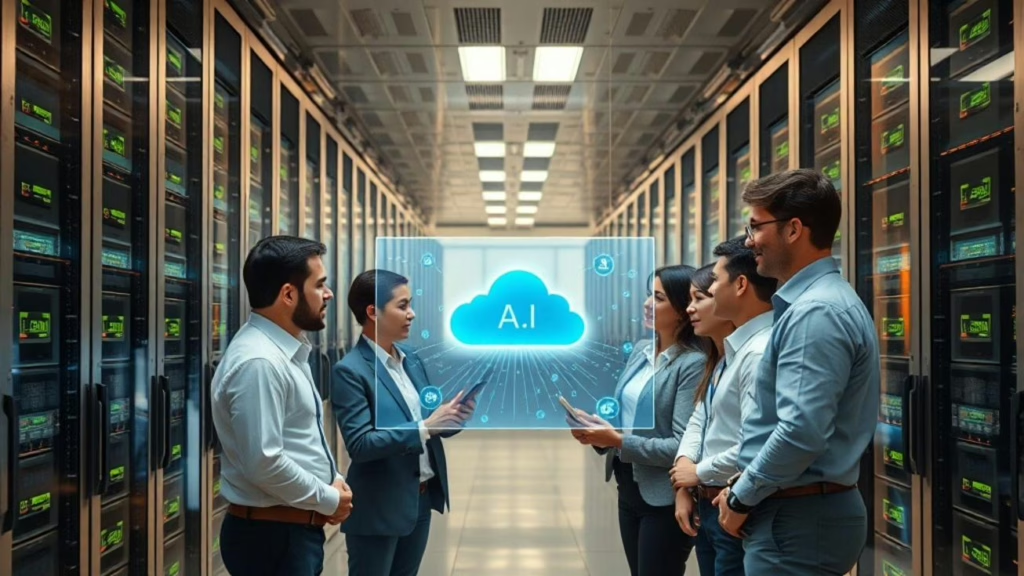
Powering the Next Generation of Agentic AI
So, what’s all this computing power for? A big piece of the puzzle is scaling up what the industry calls agentic AI. These aren’t just chatbots that answer questions. Think of them as autonomous agents capable of navigating digital spaces, executing complex tasks, and even connecting with other AI services on a user’s behalf. Could these agents soon manage your calendar, book travel, and research topics for you? That’s the vision, and it requires an incredible amount of computational power to train, deploy, and manage securely.
By using AWS’s managed cloud services, OpenAI plans to deliver its newest foundational models to developers and businesses through platforms like Amazon Bedrock. This means that companies in every sector, from retail to healthcare, will get access to more powerful AI tools backed by the reliability of AWS’s global infrastructure.
Financial Engineering Meets Technological Ambition
A deal this big isn’t just a tech story; it’s a financial one. The massive investment from OpenAI shines a light on the complex financial engineering needed to fund today’s AI race. Altman has mentioned that OpenAI is looking at new financial models, including talks with banks and private equity firms. They’re even exploring federal backstops or guarantees to help secure cutting-edge hardware. These strategies reflect a new reality where building world-class AI requires not just brilliant code but also massive capital and logistical coordination.
The Road Ahead: A Future Shaped by Scale
The OpenAI-Amazon deal feels like an inflection point for the industry. It’s becoming clear that the value of AI will be judged not just by clever algorithms, but by access to scalable infrastructure that can support entirely new classes of applications. As OpenAI drives toward its vision of an AI-powered economy, it’s creating a blueprint for how tech leaders must innovate across data centers, hardware, and finance all at once.
For developers and tech professionals, this means change is accelerating, but so is opportunity. With cloud resources and foundational AI models becoming more powerful and accessible, the barrier to entry for building world-class AI solutions is dropping. The future will belong to those who can harness these new capabilities and push innovation forward. As the tech world watches this historic alliance unfold, one thing is certain: the next generation of artificial intelligence will be defined by those who invest in scale and the partners they choose to help them get there.
Sources
- “OpenAI Signs $38 Billion Deal With Amazon,” WIRED, November 3, 2025.
- “Amazon enters $38 billion partnership with OpenAI,” Chain Store Age, November 3, 2025.
- “Sam Altman says OpenAI will top $20 billion in annualized revenue this year, hundreds of billions by 2030,” CNBC, November 6, 2025.
- “OpenAI Inks First Multi-Billion Dollar Deal With Amazon,” Gizmodo, November 3, 2025.
- “Amazon, OpenAI ink massive $38B deal to supply ‘hundreds of thousands’ of Nvidia GPUs (AMZN:NASDAQ),” Seeking Alpha, November 3, 2025.

